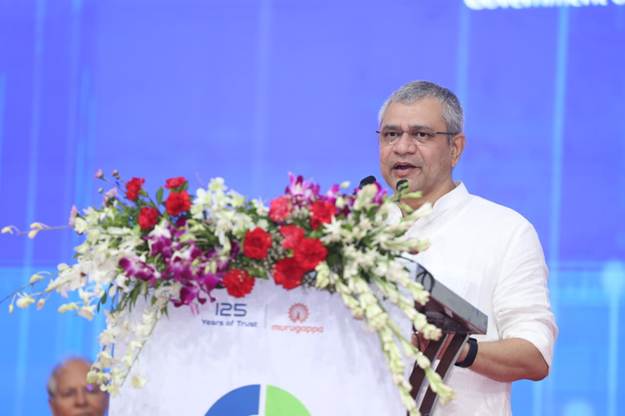
SINGAPORE — The India Semiconductor Mission has officially entered a transformative new phase. Union Minister for Electronics and IT, Ashwini Vaishnaw, confirmed that the sector now attracts substantial private investment alongside government incentives. Speaking at the Bloomberg New Economy Forum in Singapore, the Minister highlighted this pivotal shift. He stated that India’s robust design ecosystem and vast engineering talent pool have successfully built deep trust among global chip giants. “India’s semiconductor drive is at an inflection point where private capital is now entering the market on its own,” he declared.
Minister Vaishnaw outlined an ambitious roadmap for the nation. He stated that India aims to match the manufacturing capacity of current global leaders by 2031–32. Although the country is in the initial stages, the government has aggressively ramped up investments. This strategy specifically targets acceleration in chip design, packaging, and full-scale manufacturing. The clear objective is to establish India as a dominant player in the global semiconductor value chain within the next decade.
Impact of Government Incentives
The government’s $10 billion (approx. ₹83,000 crore) incentive package has already triggered massive projects.
- Micron Technology has successfully established its plant in Gujarat.
- The Tata Group leads a cohort of 10 companies now preparing for domestic chip fabrication.
- Commercial Production: Three major semiconductor plants are set to commence commercial production starting next year.
Vaishnaw explained that this policy framework actively creates an enabling environment for the private sector. He drew a parallel to the successful ecosystem created for Apple and its suppliers, predicting a similar trajectory for the chip industry.
Democratising Technology Access
Beyond industrial growth, the Minister emphasised a broader social goal. India aims to make advanced computing power and technology accessible and affordable for all citizens. “Common and affordable compute facilities ensure the democratisation of technology,” Vaishnaw asserted. This vision connects high-tech manufacturing directly to the empowerment of the common man, ensuring that the benefits of the India Semiconductor Mission reach every layer of society.




